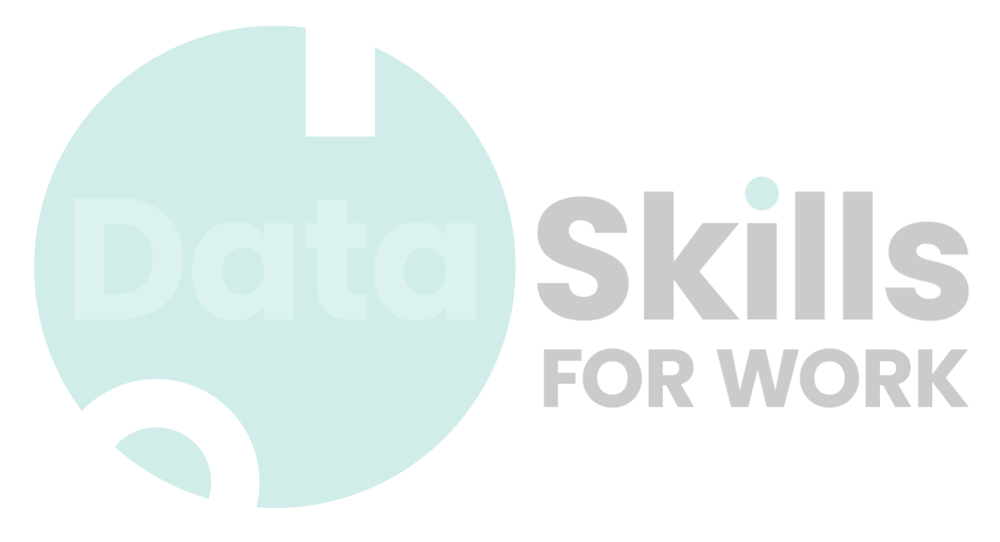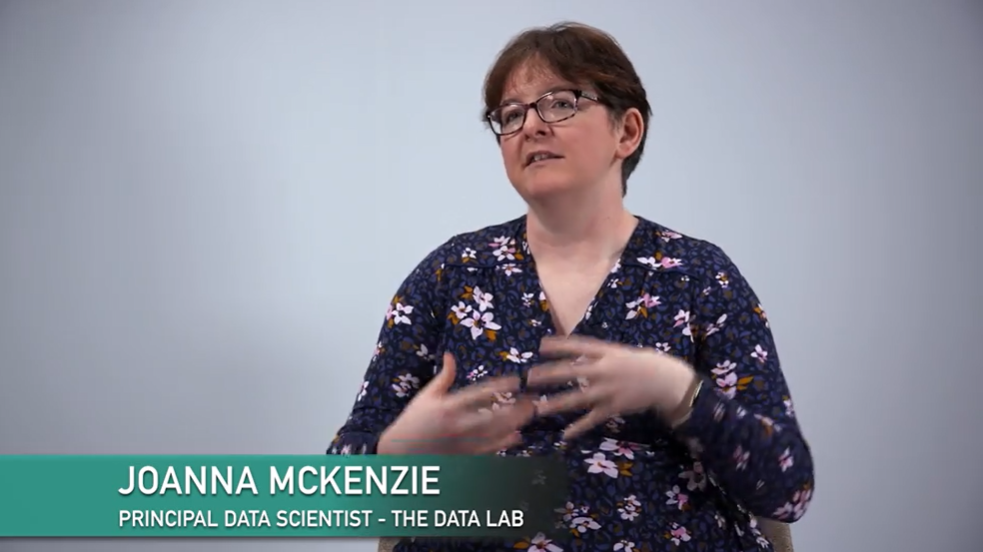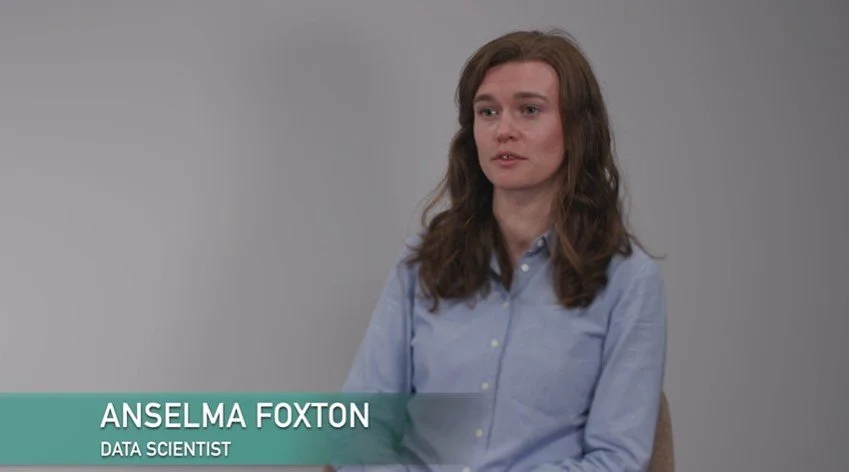This involves looking at different types (qualitative/quantitative) and features of data, such as accuracy, completeness and sample size, helping to assess its quality, spot errors, and interpret it into meaningful findings.
Read MoreUsing data analysis tools to explore and take meaning from data, make calculations (from taking averages to advanced analytical models) and select suitable visualisations, using commonly used platforms (particularly Excel at Citizen and Worker level).
Read MoreVisualising data to provide insight and tell stories through data. At Data Professional level, this would involve looking at more advanced techniques and specialist platforms.
Read MoreUsing a geographical information system (GIS) to import, edit, manipulate and present data.
Read MoreAn introduction to data science programming languages (the research indicates Python and SQL are in highest demand), and the fundamentals of using programming for data engineering and analysis.
Read MoreData Professionals often require an ability to take analytics a step further, using programming skills. This competency builds on existing programming skills, with an ability to use these for data collection, analysis, quality checking, and modelling in a wide variety of contexts.
Read MoreAnalytical skills are at the heart of data science – interpreting, manipulating and driving meaning from data.
Read MoreThis is a new and emerging area that some employers are keen to move into. Learners will gain an understanding of different modelling techniques, how to apply them, and an ability to translate this into usable insights and communicate the results.
Read More






